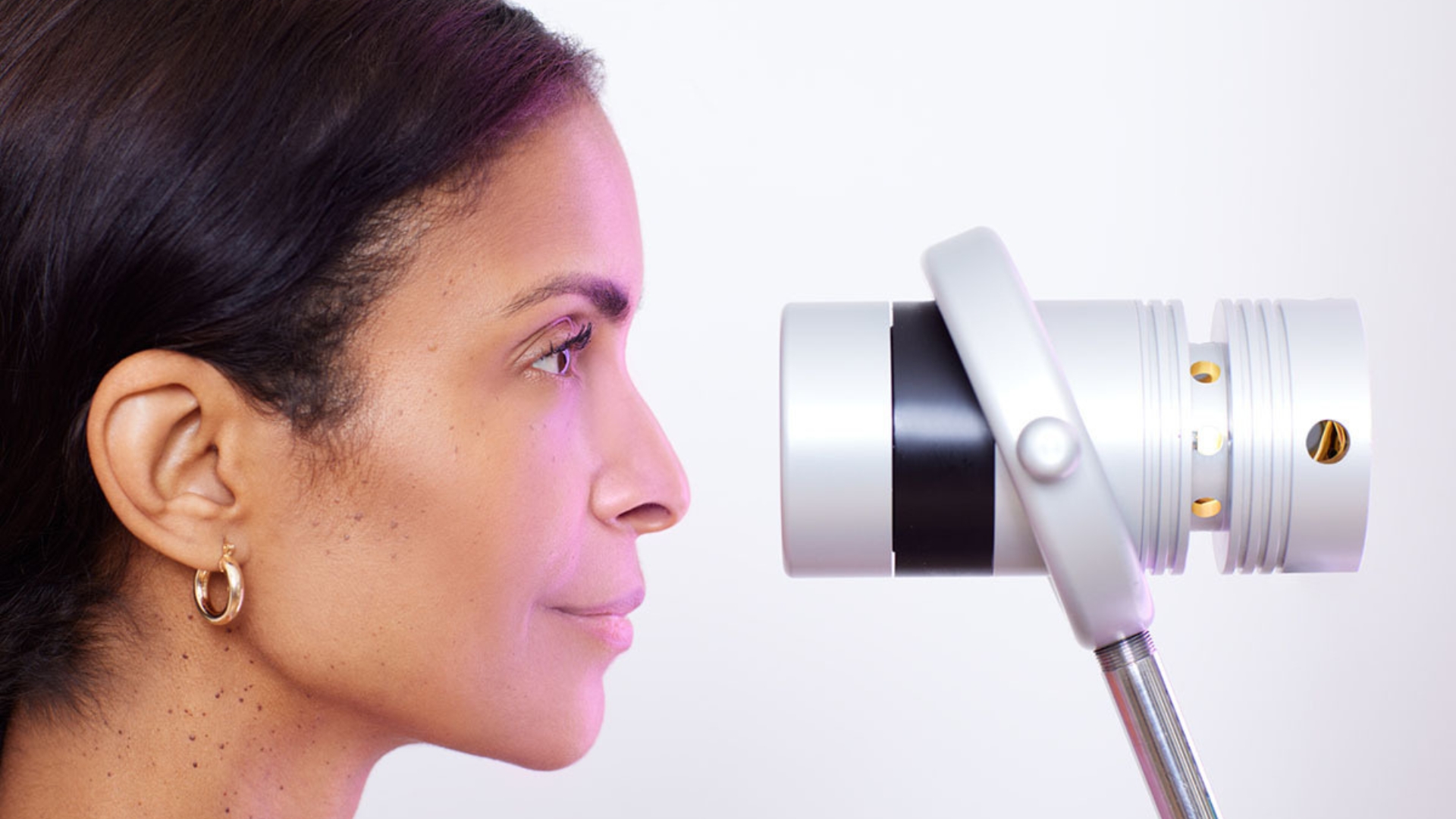The Top Therapies for Lyme Disease Your Doctor Won’t Tell You
As anyone suffering from Lyme disease will tell you, Lyme disease is difficult to diagnose and even more difficult to treat. Often called “the great imitator,” Lyme disease is commonly misdiagnosed as Alzheimer’s disease, rheumatoid arthritis, lupus, chronic fatigue, fibromyalgia, and MS, to name a few.
Why the Confusion?
The Lyme disease bacteria is a spirochete, meaning it’s shaped like a corkscrew and is challenging for the immune system and treatments to detect and eliminate.
Further, approximately 60% of the ticks with Lyme disease also carry other disease-causing pathogens, including Babesia, Bartonella, Ehrlichia, Mycoplasma, and Anaplasma, to name a few. Treating one enigmatic infection is hard enough, but two, three, or more complicate a diagnosis and treatment, as well as the body’s ability to fight infection.
Emotional Blocks
Along with Lyme disease and the coinfections, there is usually some emotional stress at play. Deep-rooted, unresolved emotions and trauma not only impair the body’s innate immune response but can result in exacerbated symptoms.
But what if there was a way to treat the physical symptoms of Lyme disease while also addressing the repressed emotions that are likely at the root of the Lyme disease itself?
As Heather Lowery, physician assistant and former Lyme patient at NYCIM will tell you, some of the most effective treatments for Lyme disease are not the ones your doctor will prescribe, but ones that have seemingly nothing to do with Lyme disease itself.
From Neuro Emotional Technique (NET) to Biofeedback, ACMOS, and the Quantum Resonance Crystal Bed, Heather explains how each of these therapies use everything from subtle energy and vibrations to releasing blocked emotions to help curb the symptoms of Lyme disease and tackle it at its root.
Sometimes patients need the emotional stuff first. Most of the time that comes later. But sometimes they need help with energy first and then they need to detox and then they can do the emotional stuff. So you have to address all of them and you have to do it in the right order.
– Heather Lowery, PA
About Heather
Heather Lowery is a highly trained and skilled Physician Assistant who has the rare advantage of being able to speak from the patient’s perspective, having battled chronic Lyme disease, and undergone treatment at NYCIM.
Sharing from her personal journey from the depths of despair to her eventual triumph and return to health, Heather explains what a true Herxheimer reaction is, why the term is often misused in medicine — especially among patients, what one can expect from a true Herxheimer Reaction and how to minimize the side effects before treatment begins.
Disclaimer: The statements made in this article have not been evaluated by the Food and Drug Administration. Any products or treatments mentioned are not intended to diagnose, treat, cure, or prevent any disease. Please consult a licensed medical practitioner for medical advice.
At Innovative Medicine, we believe in transparency. We want you to know that we may participate in affiliate advertising programs pertaining to products mentioned herein.
See how we can help you restore complete health of body, mind & spirit.
Join our mailing list and receive exclusive offers + information!







Leave a Reply
Want to join the discussion?Feel free to contribute!